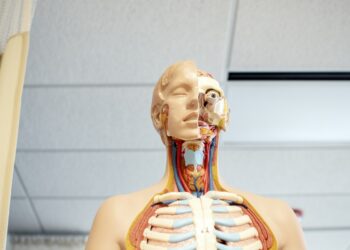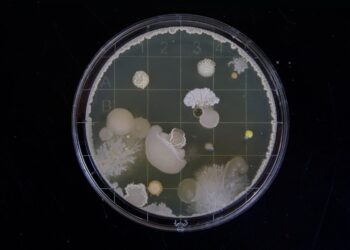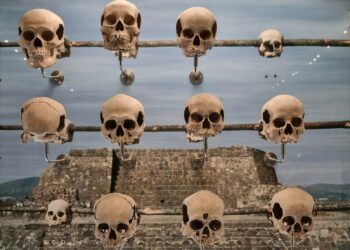What type of celestial body is Pluto classified as?

Planet
Asteroid
Dwarf Planet
Comet
Which planet has the shortest day?
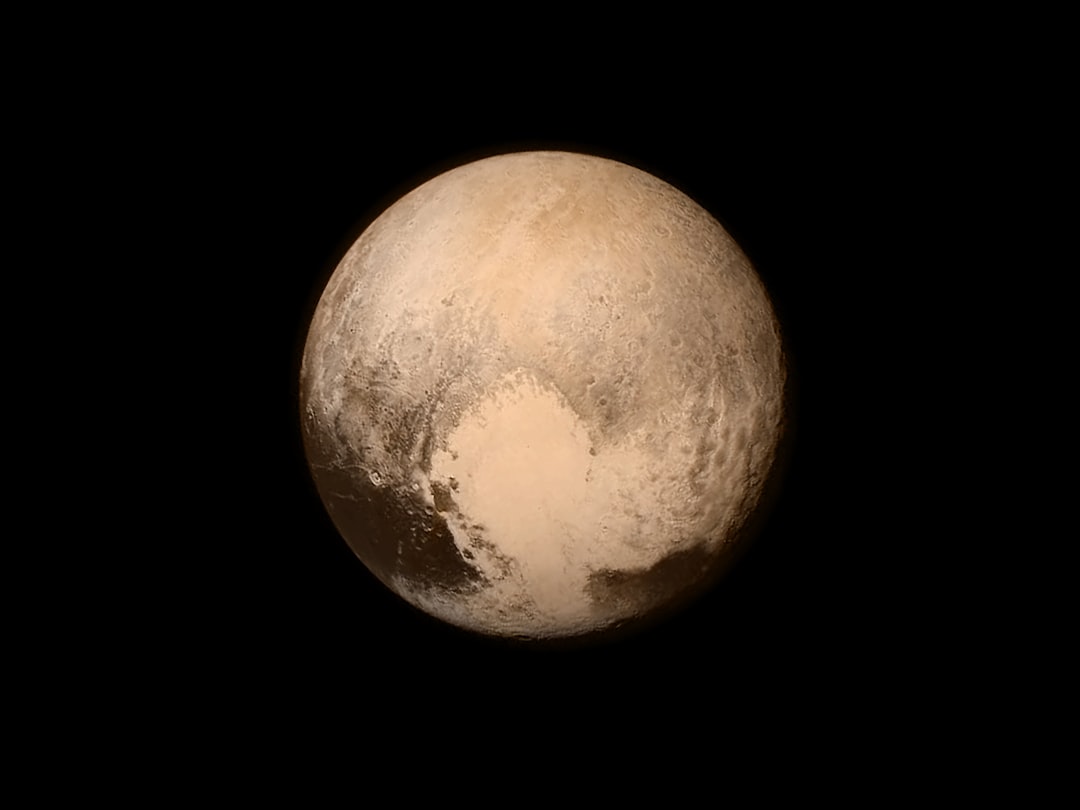
Jupiter
Venus
Earth
Neptune
What is the largest moon in the Solar System?
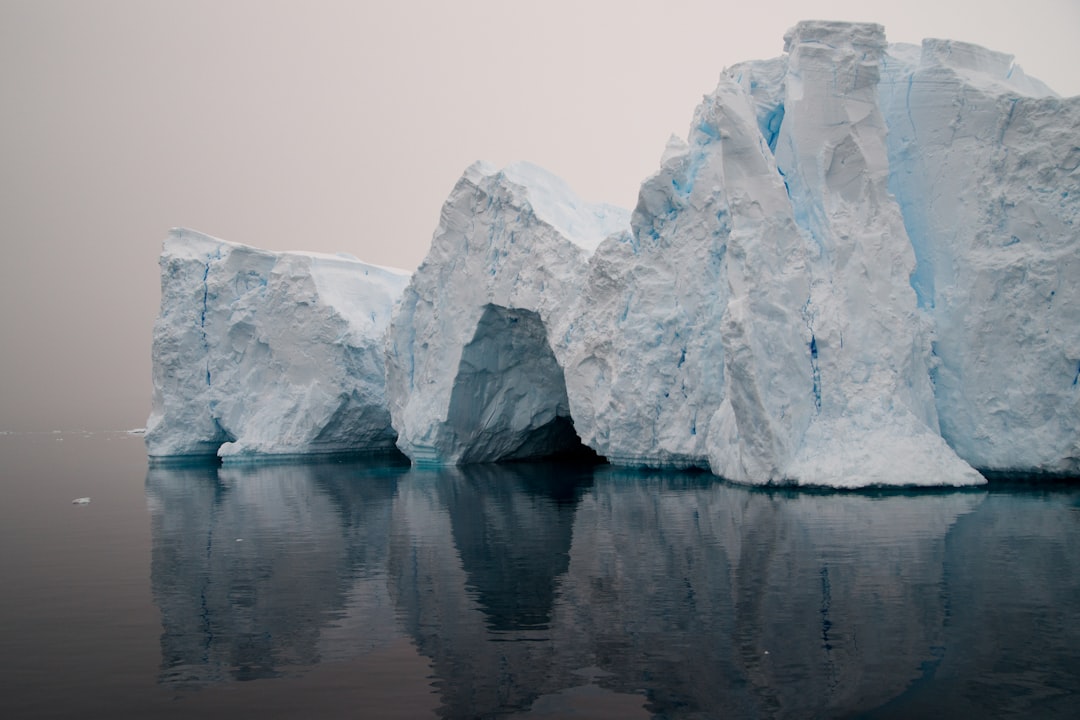
Ganymede
Titan
Callisto
Io
Which planet is known as the “Ice Giant”?

Neptune
Saturn
Jupiter
Uranus
Which planet is famous for its beautiful rings?
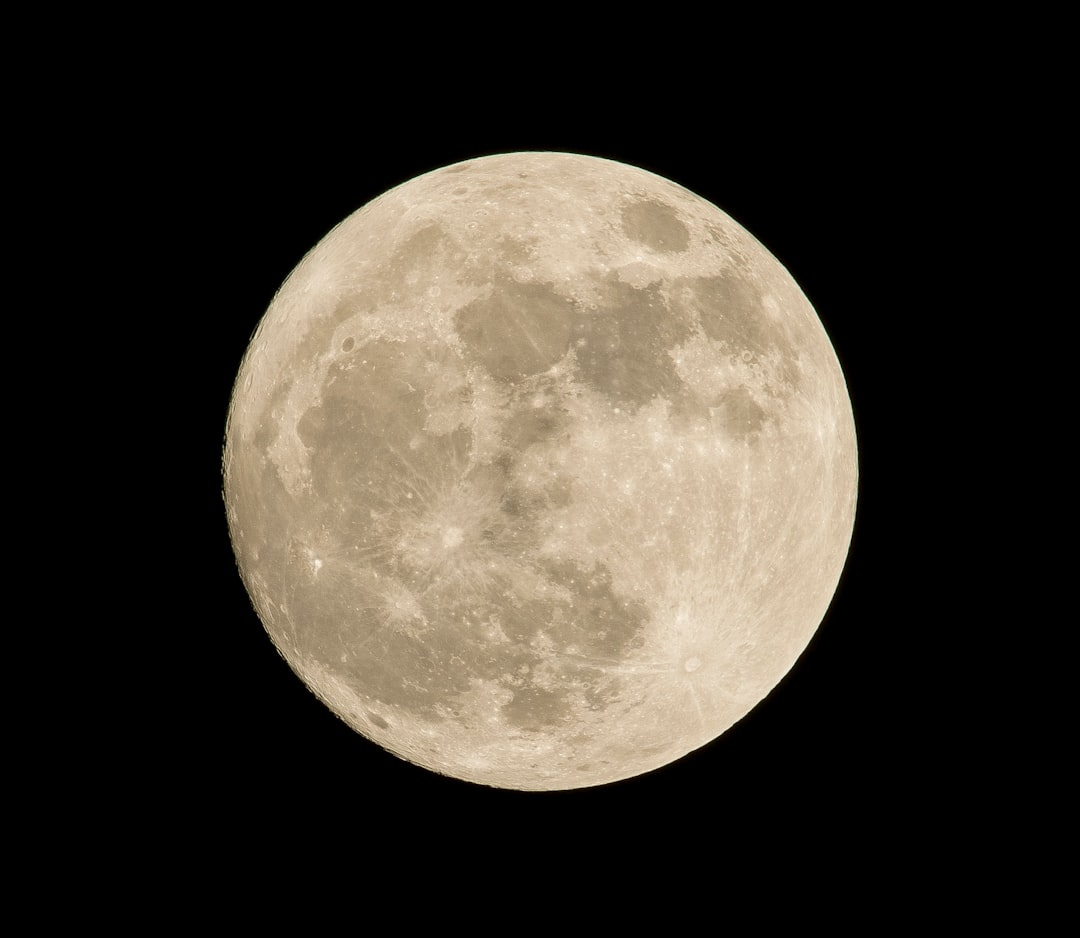
Jupiter
Mars
Saturn
Neptune
What is the hottest planet in our solar system?
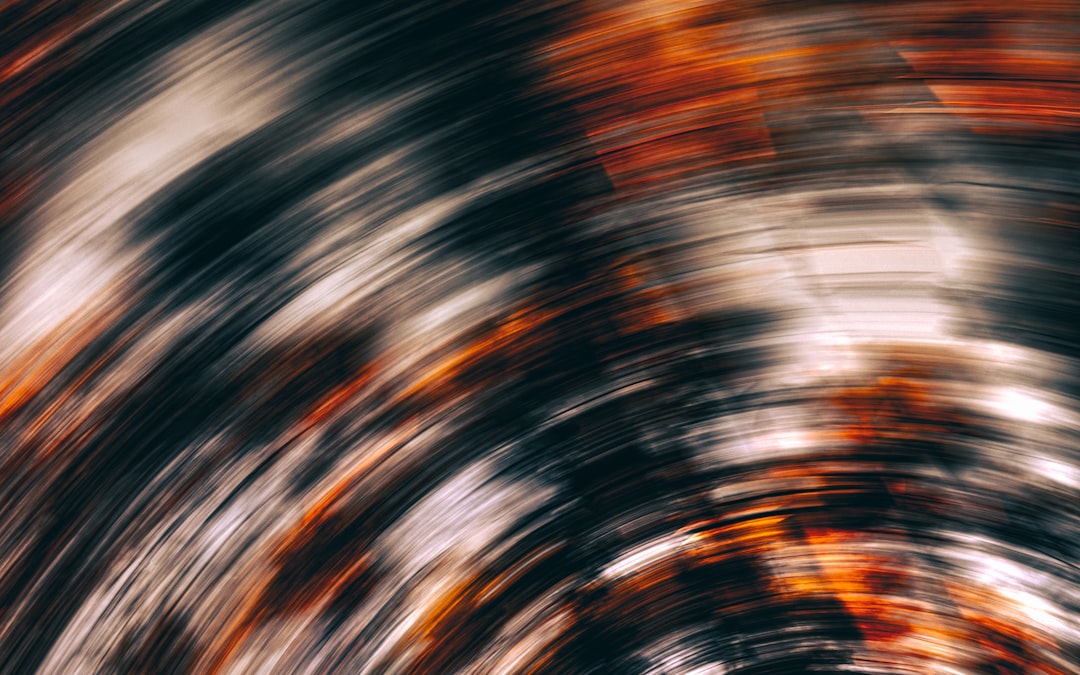
Mercury
Venus
Earth
Mars
What is the largest planet in our Solar System?

Earth
Jupiter
Saturn
Neptune
Which planet is known as the “Red Planet”?

Venus
Saturn
Mars
Mercury
Which planet is known for having a tilted rotation?
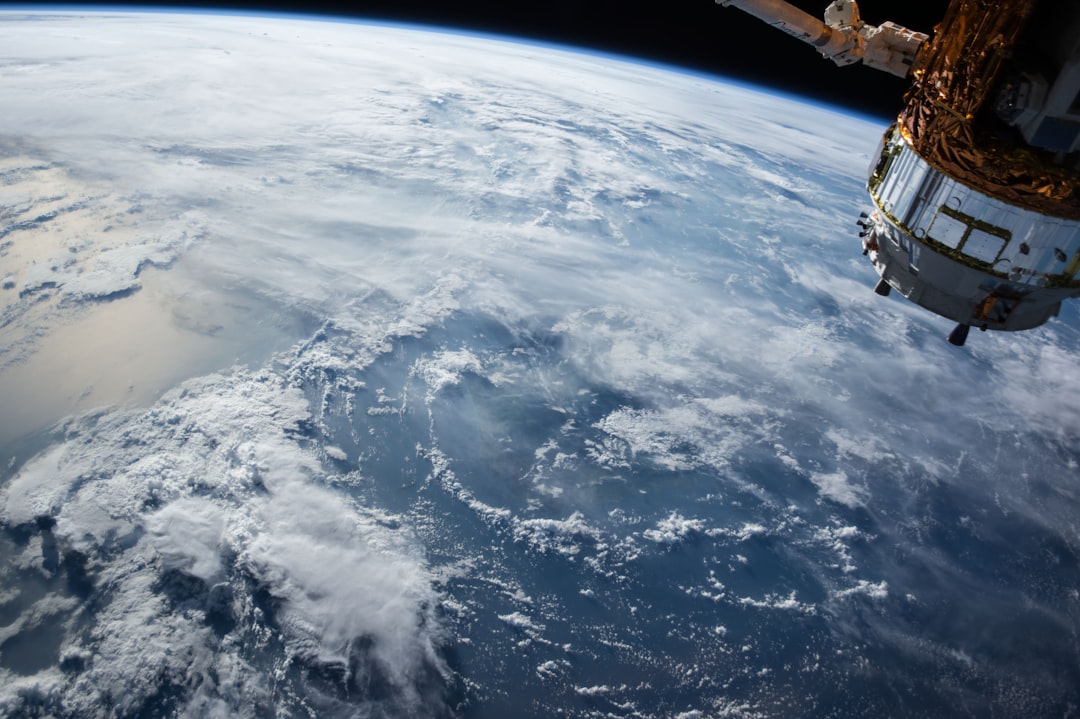
Jupiter
Earth
Uranus
Neptune
Which planet has the most moons?

Jupiter
Mars
Saturn
Uranus
What is the primary component of Saturn’s rings?

Gas
Ice
Rock
Dust
Which planet’s day is longer than its year?
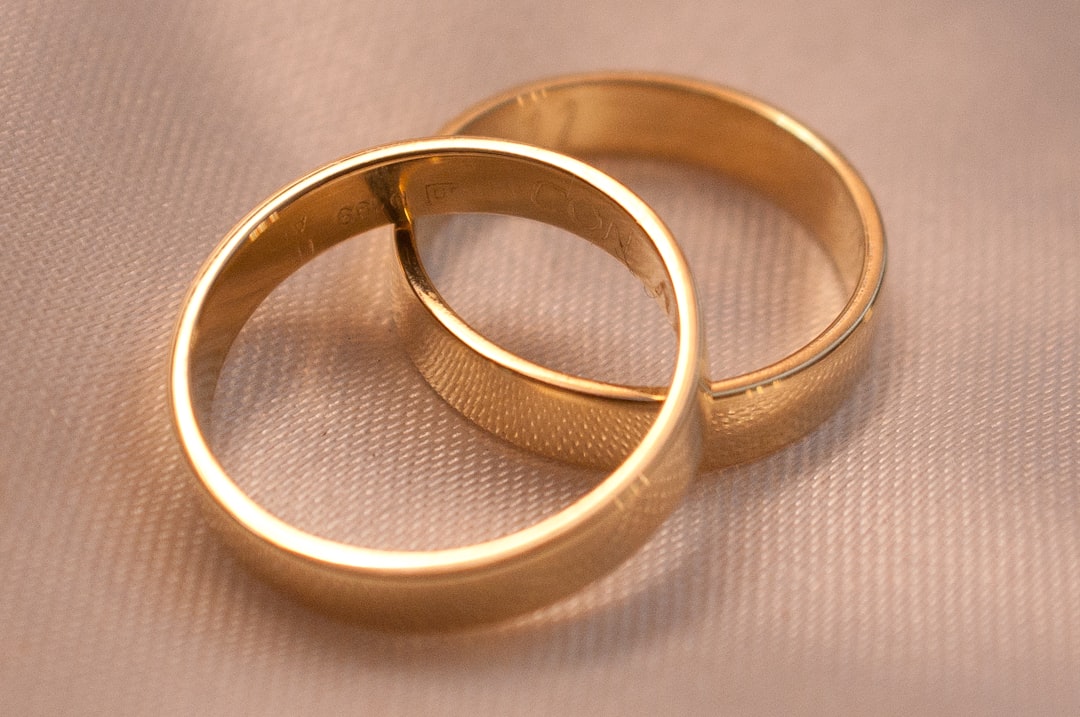
Mercury
Venus
Earth
Mars
What is the tallest mountain in the Solar System?

Mount Everest
Olympus Mons
Rheasilvia
Maxwell Montes
What is the main composition of Venus’ atmosphere?

Oxygen
Hydrogen
Carbon Dioxide
Methane
What is the smallest planet in the Solar System?

Mercury
Mars
Venus
Earth
Which planet has a storm called the “Great Dark Spot”?
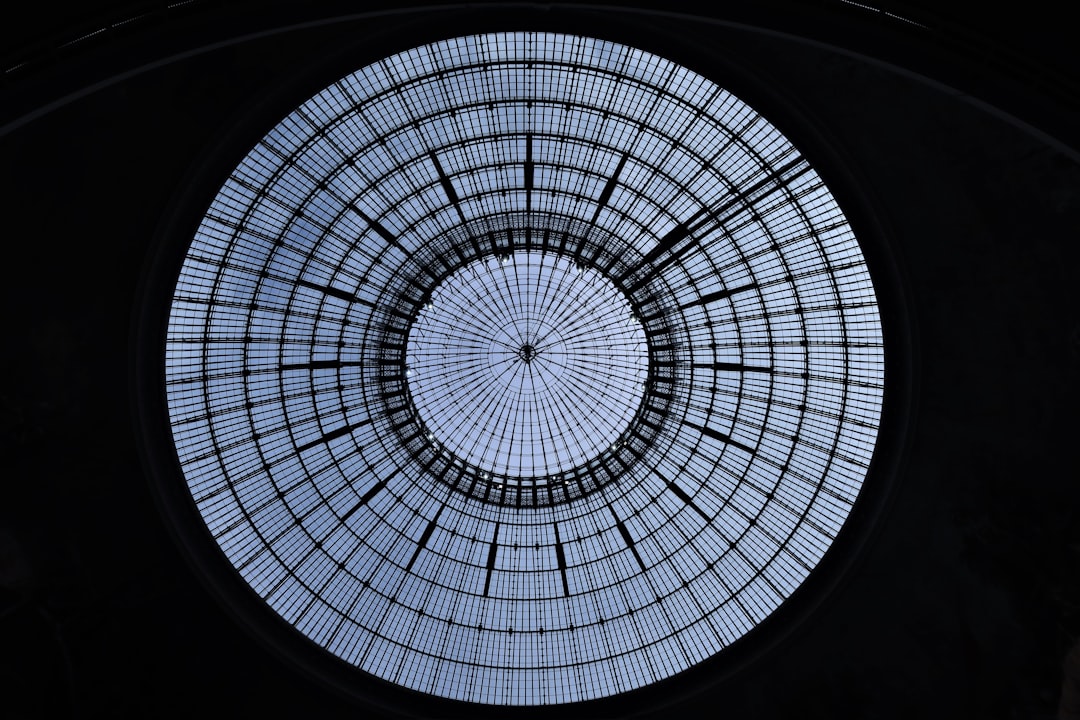
Neptune
Jupiter
Saturn
Venus
Which Solar System body has the Great Red Spot?

Mars
Jupiter
Saturn
Venus
Which planet is closest to the Sun?

Earth
Venus
Mercury
Mars
What is the most volcanically active world in the Solar System?
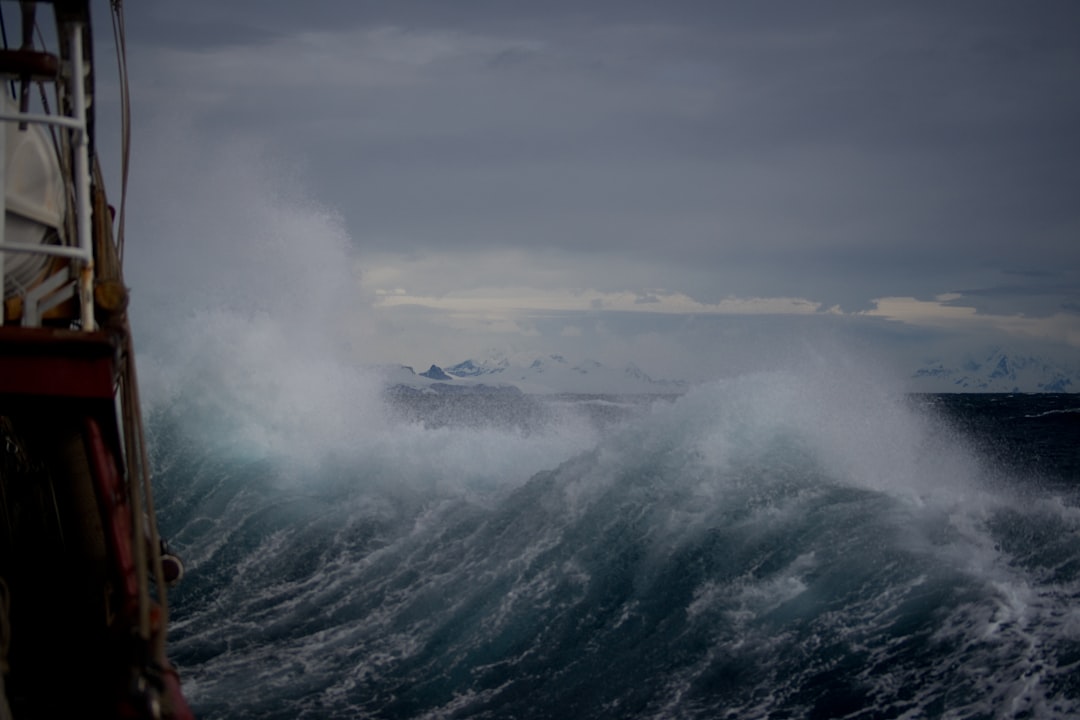
Earth
Io
Venus
Mars
What kind of planets are Mercury and Venus classified as?
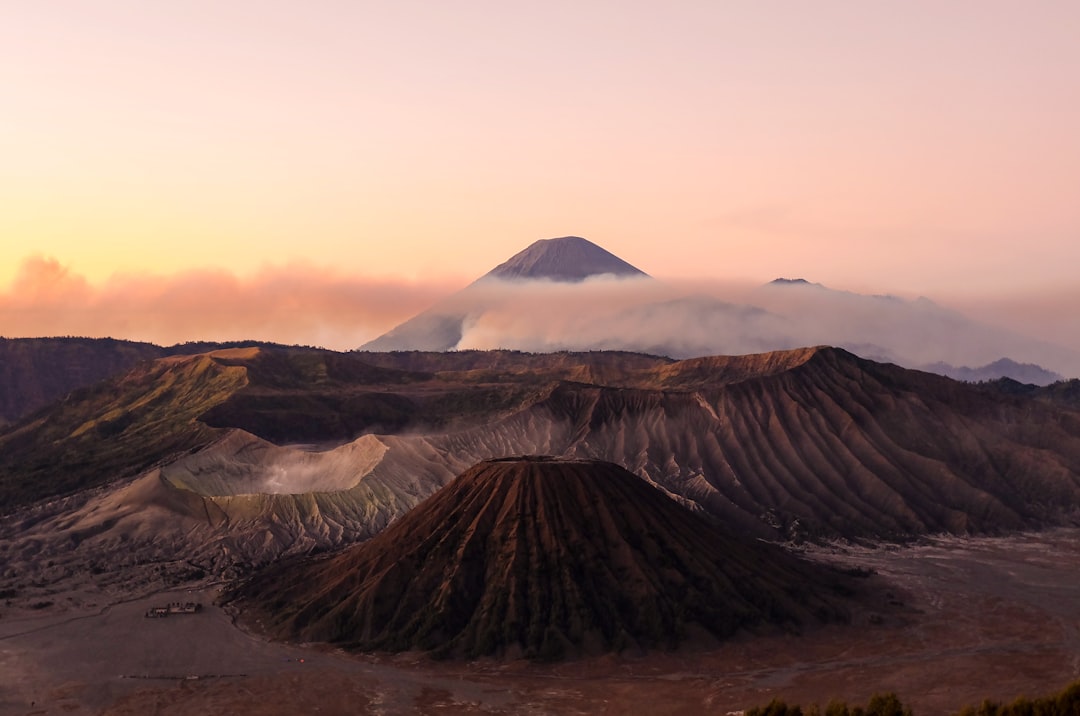
Gas giants
Ice giants
Terrestrial
Dwarf
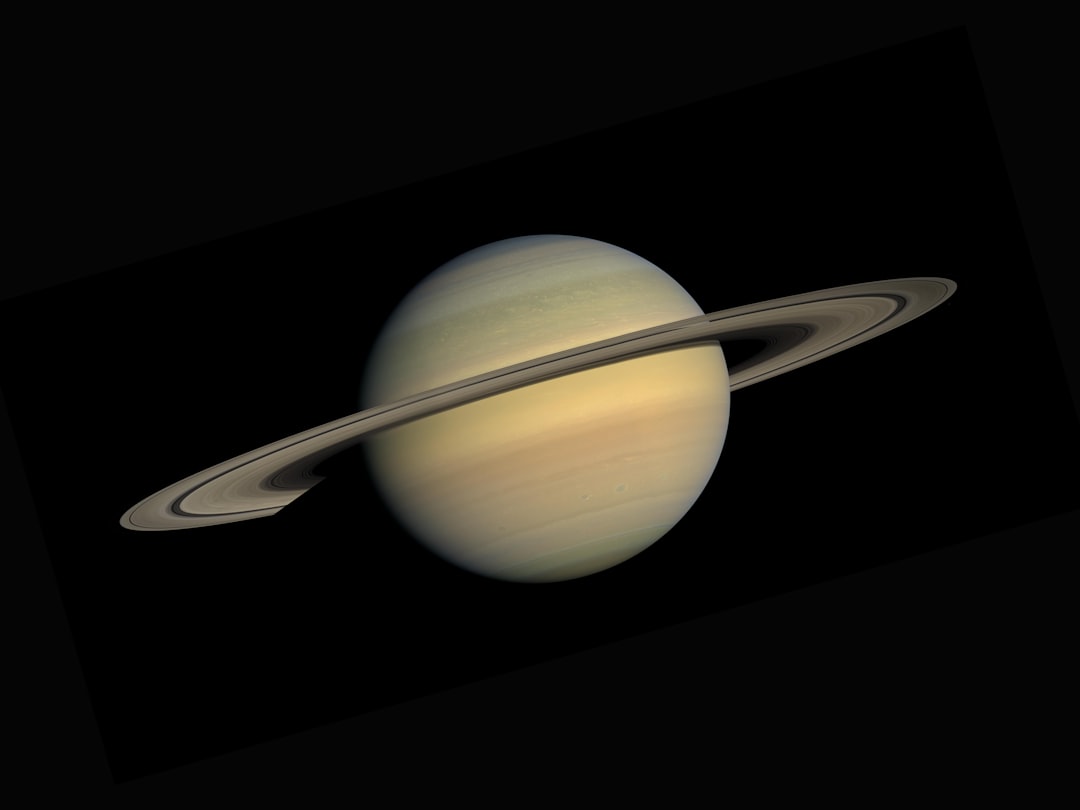
Lost in Space?
Better fuel up on more solar system facts!
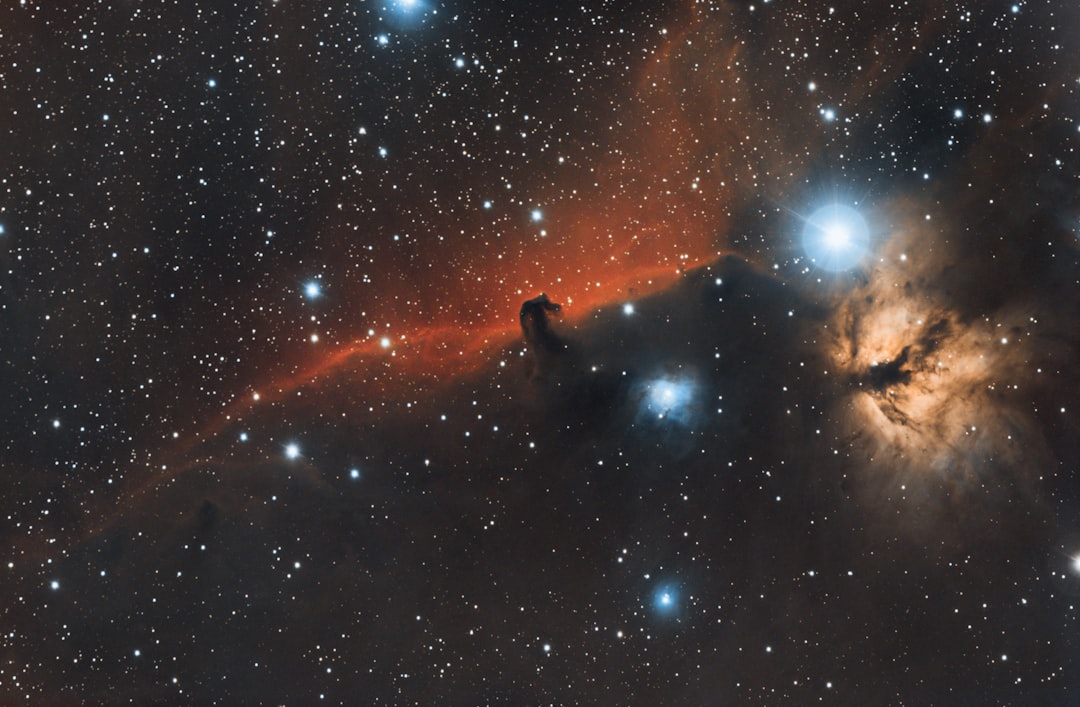
Rocketing Rookie
You’re on your way, but keep aiming for the stars!
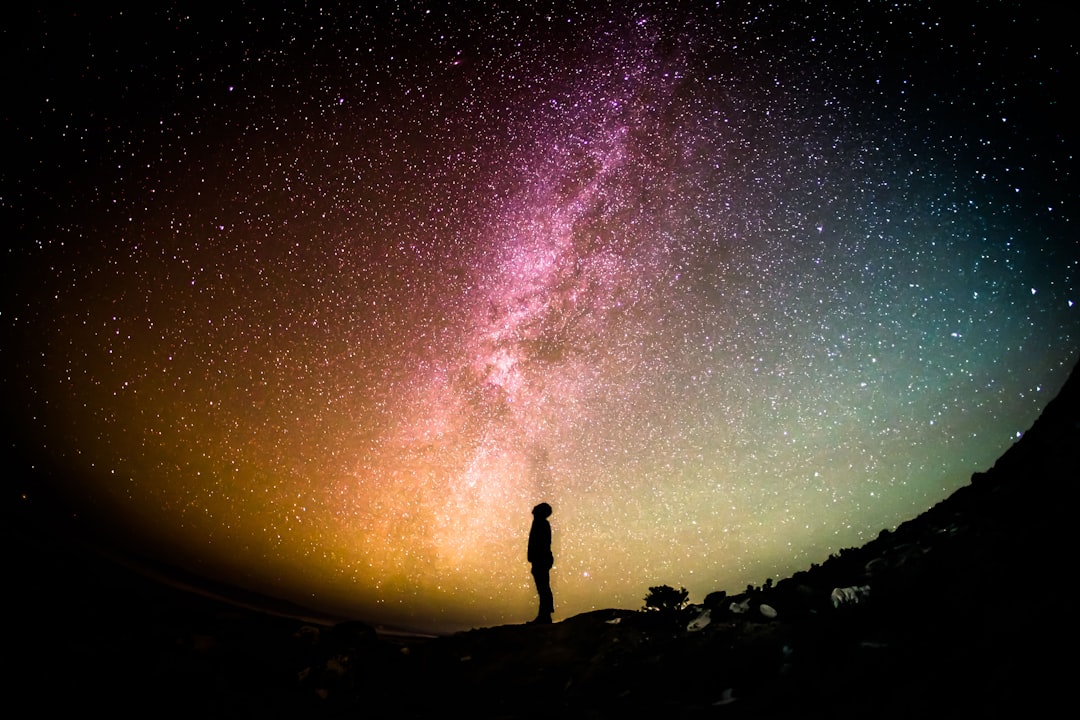
Master of the Cosmos
You navigate the solar system like a true space commander!


